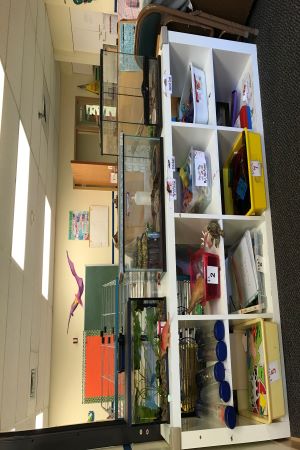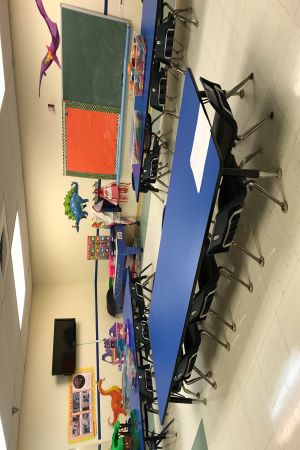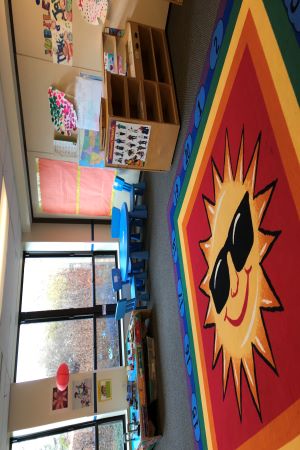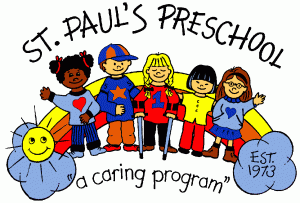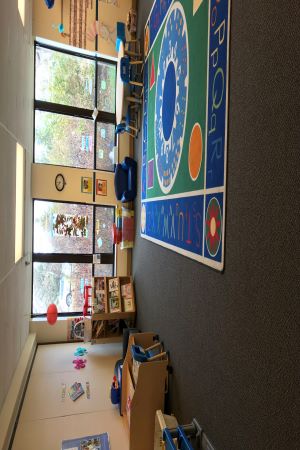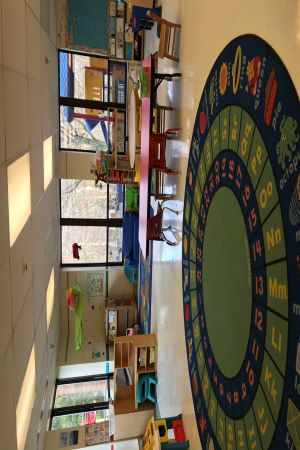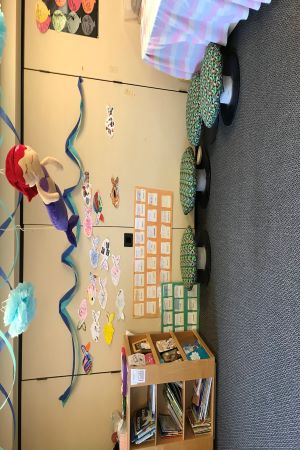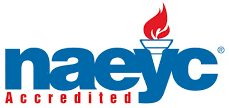Payment inquiries/billing questions/receipt requests:
Contact Preschool Treasurer Kathy Hamilton:
TAX ID# 25-1221252
TUITION FOR 2024– 2025
2-DAY / 2-YEAR $1,440/ 1 payment (June 15th)
$480 / 3 payments (June 15th, Sept 30th, Dec 31st)
$160 / 9 payments (June 15th – Feb 28th)
2-DAY / 3-YEAR $1,440 / 1 payment (June 15th)
$480 / 3 payments (June 15th, Sept 30th, Dec 31st)
$160 / 9 payments (June 15th – Feb 28th)
3-DAY / 3-YEAR - $1,710 / 1 payment (June 15th)
$570 / 3 payments (June 15th, Sept 30th, Dec 31st)
$190 / 9 payments (June 15th – Feb 28th)
3-DAY / 4-YEAR $1,710/ 1 payment (June 15th)
$570 / 3 payments (June 15th, Sept 30th, Dec 31st)
$190 / 9 payments (June 15th – Feb 28th)
4-DAY Pre-K $2,115 / 1 payment (June 15th)
$705 / 3 payments (June 15, Sept 30th, Dec 31st)
$235 / 9 payments (June 15th – Feb 28th)
TUITION PAYMENTS - Tuition can be paid using any one of three methods:
- Total amount due June 15th,
- Three payments, due June 15th, Sept 30th, and December 31st OR
- Nine payments, due monthly from June 15th through February 28th.
ACTIVITY FEE: An activity fee of $45 is paid once a year for any student in a three, four, or five-year-old class. It is added to the first tuition payment due on June 15th. This fee helps to defray the cost of in-school programming and field trip costs.
OPTIONAL PROGRAMMING
PLANET PROTECTORS (Tuesday afternoons: No lunch period included) $630/year
STREAM AHEAD (Friday afternoons: No lunch period included) $630/year
REGISTRATION FEE: This non-refundable fee is paid with the application and is paid for each child being registered in a year:
Registration fee paid per year per child
1st child registered $70.00
2nd child registered $55.00
3rd child registered $50.00
4th child registered Free
PAYMENT METHODS: Cash or Checks only. Checks payable to "St. Paul's Preschool".
We DO NOT accept credit cards, debit cards, push pay, or Tuition Express.
ASSISTANCE PROGRAM – We have limited funds to help families who need financial assistance in order for their child to be able to attend our preschool. Assistance is based on the government school lunch program income requirements. If you would like to apply for assistance you must call the preschool office by May 15th to receive an application. For more information please call 412-486-5591.
